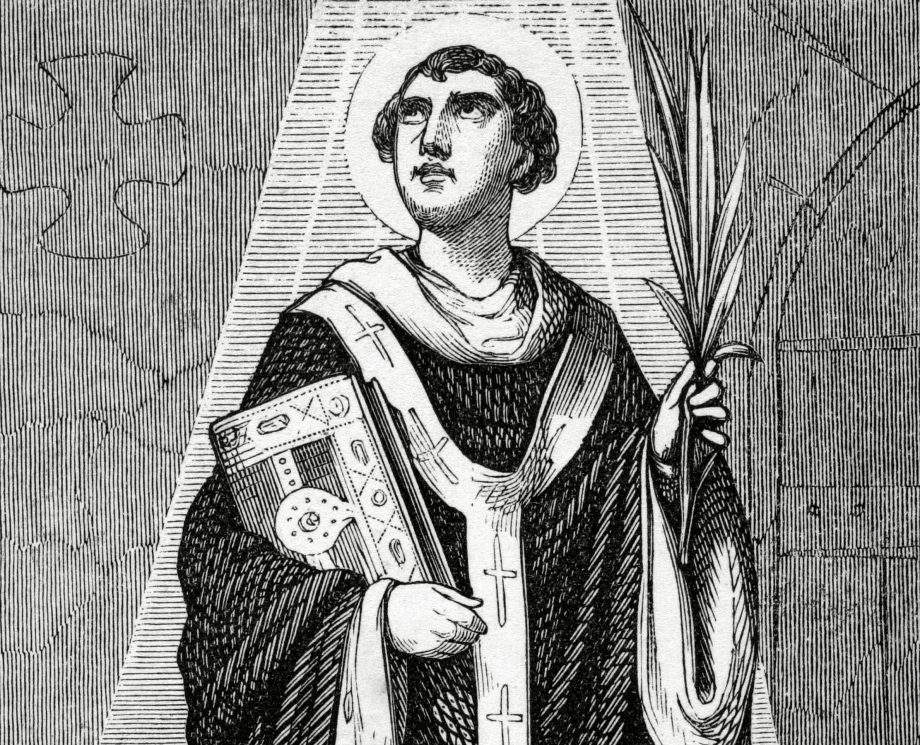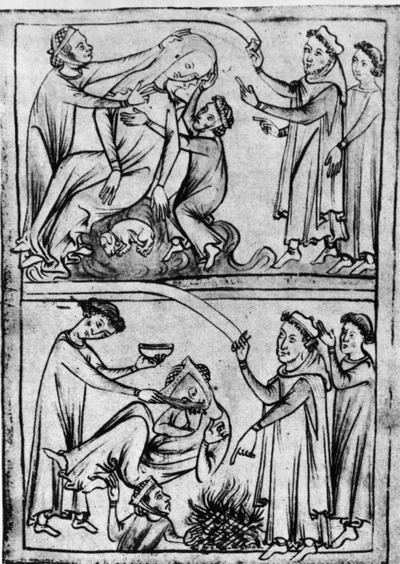Unveiling the Dark Origins of Valentine’s Day: A Bloody Tale from Ancient Rome
Valentine’s Day, commonly associated with love, romance, and heartfelt gestures, has a surprisingly bloody history dating back to ancient Rome. Contrary to the popular belief that it’s a creation of commercial entities, the roots of this romantic celebration delve deep into Christian and Roman traditions, with the mysterious Saint Valentine playing a central role
Who Was Saint Valentine?

The Catholic Church recognizes multiple Saint Valentines, adding an air of mystery to the holiday’s origin. One theory connects Valentine’s Day to a courageous third-century Roman priest who defied Emperor Claudius II’s decree, challenging the belief that single men made better soldiers. This Saint Valentine secretly married lovers and paid the ultimate price for treason upon discovery.
Another hypothesis points to Saint Valentine of Terni, a third-century Roman bishop known for uniting lovers against parental wishes. His act of sharing flowers from his garden led to an annual wedding blessing tradition, showcasing a different facet of the holiday’s roots.
A third belief suggests Valentine’s Day is inspired by a man imprisoned for falling in love with his jailor’s daughter. The man’s alleged creation of the first “valentine” became a symbol of enduring love.
Choosing February 14: A Puzzling Date
The selection of February 14 for Valentine’s Day has sparked various theories. Some believe it aligns with the death or burial of Saint Valentine, while others connect it to the ancient Roman festival of Lupercalia, spanning from February 13 to 15. The Lupercalia festival, however, was far from the modern idyllic celebration of love.
Lupercalia: The Dark Pagan Festival

Lupercalia aimed to promote women’s fertility, paying homage to Faunus, the Roman god of agriculture, as well as the founders Romulus and Remus. The festival kicked off with the sacrifice of a goat (symbolizing fertility) and a dog (representing purification). Disturbingly, priests would whip women with bloodied strips of the sacrificed goat’s hide in the hopes of ensuring their fertility for the coming year.
Fortunately, the holiday underwent a significant evolution. Pope Gelasius I merged Valentine’s Day with Lupercalia to distance it from Paganism. Simultaneously, the Normans in France began celebrating Galatin’s Day, akin to Valentine’s Day, setting the stage for the holiday’s transformation.
A Sweet Turn: Chaucer, Shakespeare, and Modernization
The turning point for Valentine’s Day came with the romanticized works of Chaucer and Shakespeare, popularizing the celebration across Europe. The mid-century saw the rise of paper cards as a popular means of expressing affection, culminating in the establishment of Hallmark in the early 1900s.
Valentine’s Day Traditions Across the World: A Diverse Tapestry
While modern Valentine’s Day is marked by paper hearts and candlelit dinners, diverse traditions have emerged worldwide:
- Czech Republic: Celebrates on May 1 with couples kissing under a cherry tree.
- Germany: Couples exchange pig-shaped gifts symbolizing love and lust.
- Mexico: Celebrates “El Día del Amor y Amistad” (Day of Love and Friendship) on February 14, embracing all forms of love.
- Philippines: Hosts mass marriage ceremonies on Valentine’s Day.
- South Africa: Women write their loved ones’ names on paper and pin them to their sleeves.
- Argentina: Celebrates “Semana de la Dulzura” (Week of Sweetness) from July 1-7, focusing on sweet treats and kisses.
Conclusion:
The dark truth about Valentine’s Day reveals a complex history intertwined with ancient rituals, Christian traditions, and literary influences. Understanding the bloody origins adds depth to the modern celebration, reminding us that love’s journey is as intricate as the history that shaped it.